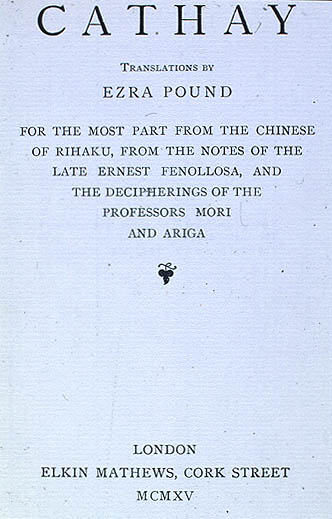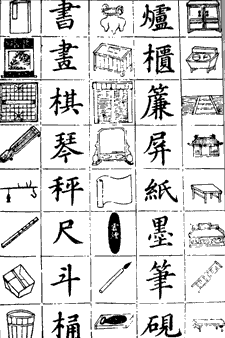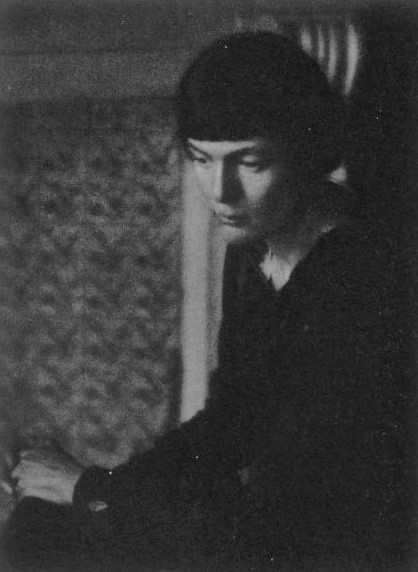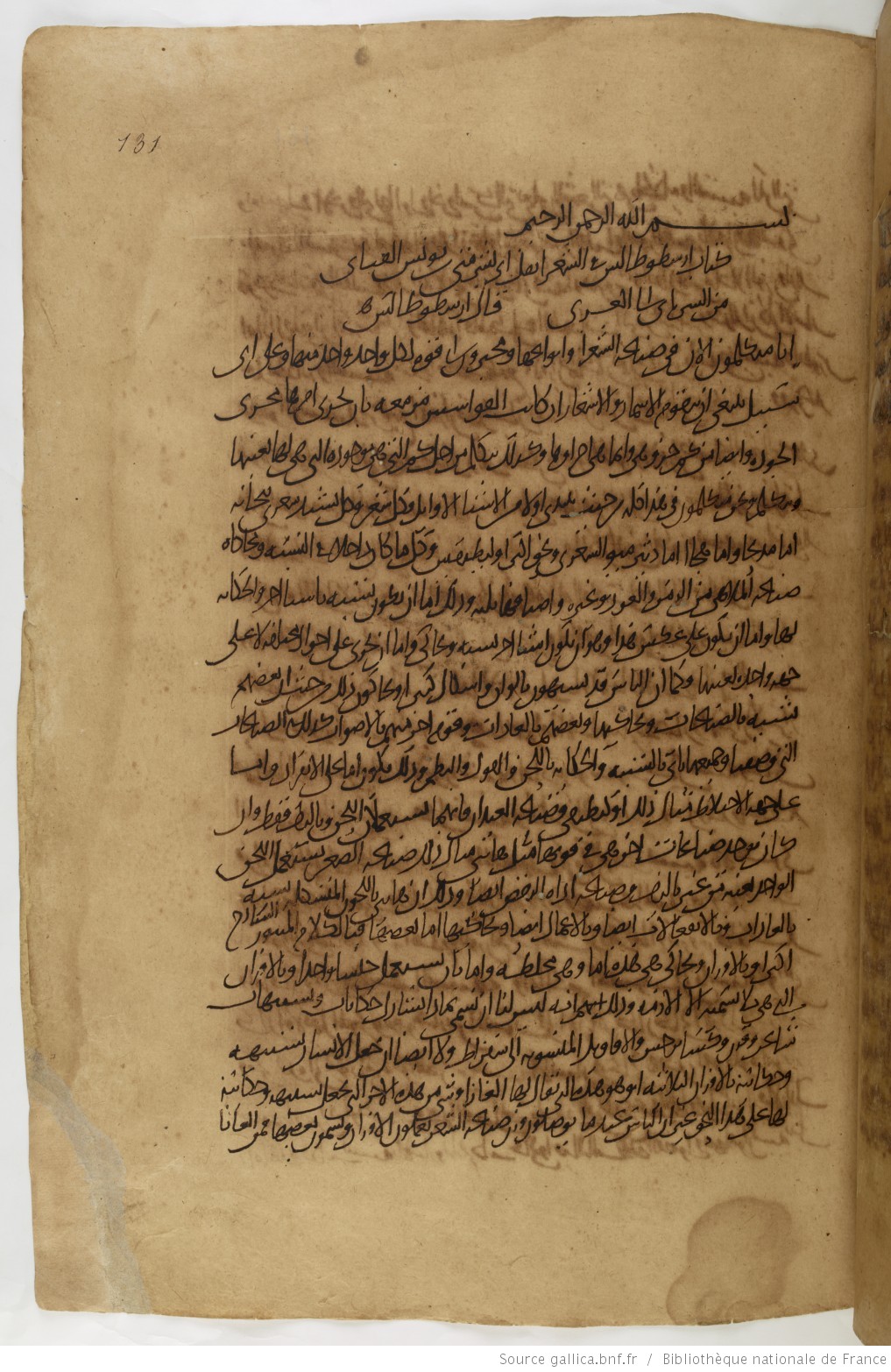|
Pound's Ideogrammic Method
The ideogrammic method was a technique expounded by Ezra Pound which allowed poetry to deal with abstract content through concrete images. The idea was based on Pound's reading of the work of Ernest Fenollosa, especially ''The Chinese Written Character as a Medium for Poetry'', composed by Fenollosa but edited by Pound after the author's death, 1908. Pound gives a brief account of it in his book ''The ABC of Reading'' (1934). He explains his understanding of the way Chinese characters were formed, with the example of the character 'East' (東) being essentially a superposition of the characters for 'tree' (木) and 'sun' (日); that is, a picture of the sun tangled in a tree's branches, suggesting a sunrise (which occurs in the East). He then suggests how, with such a system where concepts are built up from concrete instances, the (abstract) concept of 'red' might be presented by putting together the (concrete) pictures of: This was a key idea in the development of Imagism. ... [...More Info...] [...Related Items...] OR: [Wikipedia] [Google] [Baidu] |
Ezra Pound
Ezra Weston Loomis Pound (30 October 1885 – 1 November 1972) was an expatriate American poet and critic, a major figure in the early modernist poetry movement, and a fascist collaborator in Italy during World War II. His works include ''Ripostes'' (1912), ''Hugh Selwyn Mauberley'' (1920), and his 800-page epic poem, '' The Cantos'' (c. 1917–1962). Pound's contribution to poetry began in the early 20th century with his role in developing Imagism, a movement stressing precision and economy of language. Working in London as foreign editor of several American literary magazines, he helped discover and shape the work of contemporaries such as T. S. Eliot, Ernest Hemingway, and James Joyce. He was responsible for the 1914 serialization of Joyce's '' A Portrait of the Artist as a Young Man'', the 1915 publication of Eliot's " The Love Song of J. Alfred Prufrock", and the serialization from 1918 of Joyce's '' Ulysses''. Hemingway wrote in 1932 that, for poets born in ... [...More Info...] [...Related Items...] OR: [Wikipedia] [Google] [Baidu] |
Poetry
Poetry (derived from the Greek '' poiesis'', "making"), also called verse, is a form of literature that uses aesthetic and often rhythmic qualities of language − such as phonaesthetics, sound symbolism, and metre − to evoke meanings in addition to, or in place of, a prosaic ostensible meaning. A poem is a literary composition, written by a poet, using this principle. Poetry has a long and varied history, evolving differentially across the globe. It dates back at least to prehistoric times with hunting poetry in Africa and to panegyric and elegiac court poetry of the empires of the Nile, Niger, and Volta River valleys. Some of the earliest written poetry in Africa occurs among the Pyramid Texts written during the 25th century BCE. The earliest surviving Western Asian epic poetry, the '' Epic of Gilgamesh'', was written in Sumerian. Early poems in the Eurasian continent evolved from folk songs such as the Chinese ''Shijing'', as well as religious hymns (the Sanskr ... [...More Info...] [...Related Items...] OR: [Wikipedia] [Google] [Baidu] |
Ernest Fenollosa
Ernest Francisco Fenollosa (February 18, 1853 – September 21, 1908) was an American art historian of Japanese art, professor of philosophy and political economy at Tokyo Imperial University. An important educator during the modernization of Japan during the Meiji Era, Fenollosa was an enthusiastic Orientalist who did much to preserve traditional Japanese art. Biography Fenollosa was born in 1853 as the son of Manuel Francisco Ciriaco Fenollosa, a Spanish pianist born in Málaga in 1818, and Mary Silsbee, a member of a prominent family in Boston. He attended public schools in his hometown of Salem, Massachusetts before studying philosophy and sociology at Harvard College, where he graduated in 1874. He studied for a year at the art school of the Boston Museum of Fine Arts, during which time he married Elizabeth Goodhue Millett. In 1878 he was invited to Japan by American zoologist and Orientalist Edward S. Morse. Fenollosa taught political economy and philosophy at the ... [...More Info...] [...Related Items...] OR: [Wikipedia] [Google] [Baidu] |
The ABC Of Reading
''ABC of Reading'' is a book by the 20th-century Imagist poet Ezra Pound published in 1934. In it, Pound sets out an approach by which one may come to appreciate and understand literature (focusing primarily on poetry). Despite its title the text can be considered as a guide to writing poetry. The work begins with the " Parable of the sunfish", features a collection of English poetry that Pound called ''Exhibits'' and several notable quotations. Mantras * "Literature is language charged with meaning: Great literature is simply charged with meaning to the utmost degree" - to be achieved by three main ways: # ''phanopoeia'' – throwing the object (fixed or moving) on to the visual imagination. # ''melopoeia'' – inducing emotional correlations by sound and rhythm of the speech. # '' logopoeia'' – inducing 1 & 2 by stimulating associations with other word/word groups. * "Literature is news that stays news". * "Music rots when it gets too far from the dance. Poetry atrophies ... [...More Info...] [...Related Items...] OR: [Wikipedia] [Google] [Baidu] |
Chinese Character
Chinese characters () are logograms developed for the writing of Chinese. In addition, they have been adapted to write other East Asian languages, and remain a key component of the Japanese writing system where they are known as '' kanji''. Chinese characters in South Korea, which are known as '' hanja'', retain significant use in Korean academia to study its documents, history, literature and records. Vietnam once used the ''chữ Hán'' and developed chữ Nôm to write Vietnamese before turning to a romanized alphabet. Chinese characters are the oldest continuously used system of writing in the world. By virtue of their widespread current use throughout East Asia and Southeast Asia, as well as their profound historic use throughout the Sinosphere, Chinese characters are among the most widely adopted writing systems in the world by number of users. The total number of Chinese characters ever to appear in a dictionary is in the tens of thousands, though most are g ... [...More Info...] [...Related Items...] OR: [Wikipedia] [Google] [Baidu] |
Imagism
Imagism was a movement in early-20th-century Anglo-American poetry that favored precision of imagery and clear, sharp language. It is considered to be the first organized literary modernism, modernist literary movement in the English language. Imagism is sometimes viewed as "a succession of creative moments" rather than a continuous or sustained period of development. The French academic René Taupin remarked that "it is more accurate to consider Imagism not as a doctrine, nor even as a poetic school, but as the association of a few poets who were for a certain time in agreement on a small number of important principles".Taupin, René (1929). ''L'Influence du symbolism francais sur la poesie Americaine (de 1910 a 1920)''. Paris: Champion. Translation (1985) by William Pratt and Anne Rich. New York: AMS. The Imagists rejected the sentiment and discursiveness typical of Romantic poetry, Romantic and Victorian literature#Poetry, Victorian poetry. In contrast to the contemporary G ... [...More Info...] [...Related Items...] OR: [Wikipedia] [Google] [Baidu] |
Ideogram
An ideogram or ideograph (from Greek "idea" and "to write") is a graphic symbol that represents an idea or concept, independent of any particular language, and specific words or phrases. Some ideograms are comprehensible only by familiarity with prior convention; others convey their meaning through pictorial resemblance to a physical object, and thus may also be referred to as ''pictograms''. The numerals and mathematical symbols are ideograms – 1 'one', 2 'two', + 'plus', = 'equals', and so on (compare the section "Mathematics" below). In English, the ampersand & is used for 'and' and (as in many languages) for Latin ' (as in &c for '), % for ' percent' ('per cent'), # for 'number' (or 'pound', among other meanings), § for 'section', $ for 'dollar', € for 'euro', £ for 'pound', ° for 'degree', @ for 'at', and so on. The reason they are ideograms rather than logograms is that they do not denote fixed morphemes: they can be read in many different languages, not jus ... [...More Info...] [...Related Items...] OR: [Wikipedia] [Google] [Baidu] |
Poetics
Poetics is the theory of structure, form, and discourse within literature, and, in particular, within poetry. History The term ''poetics'' derives from the Ancient Greek ποιητικός ''poietikos'' "pertaining to poetry"; also "creative" and "productive". In the Western world, the development and evolution of poetics featured three artistic movements concerned with poetical composition: (i) the formalist, (2) the objectivist, and (iii) the Aristotelian. (see the '' Poetics''). Aristotle's ''Poetics'' is the first extant philosophical treatise to focus on literary theory. The work was lost to the Western world for a long time. It was available in the Middle Ages and early Renaissance only through a Latin translation of an Arabic commentary written by Averroes and translated by Hermannus Alemannus in 1256. The accurate Greek-Latin translation made by William of Moerbeke in 1278 was virtually ignored. The Arabic translation departed widely in vocabulary from the original '' ... [...More Info...] [...Related Items...] OR: [Wikipedia] [Google] [Baidu] |

.jpg)



_2088.jpg)
